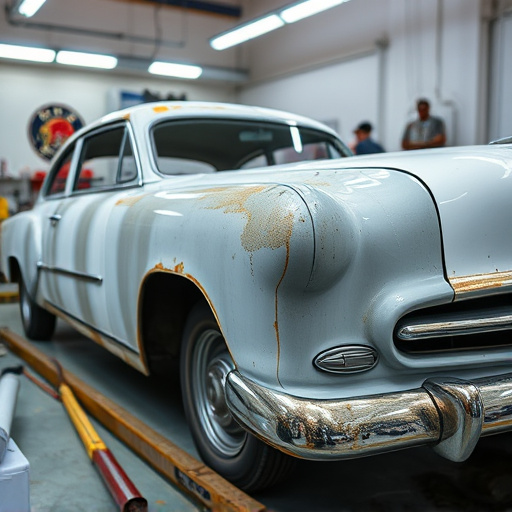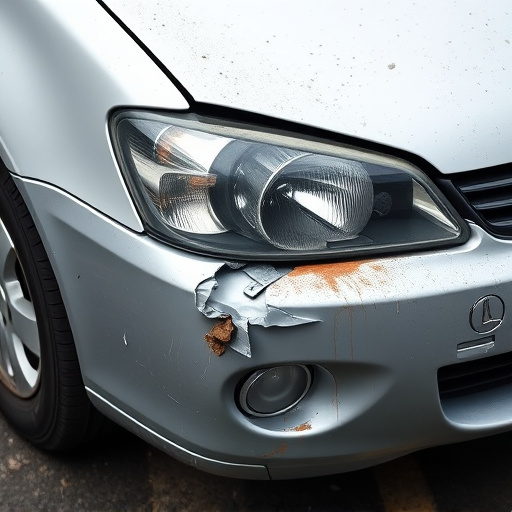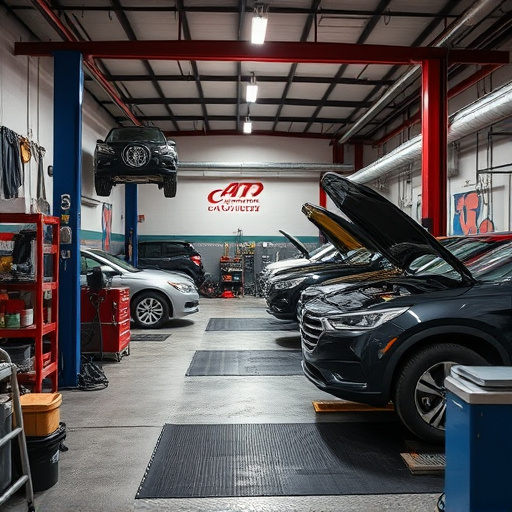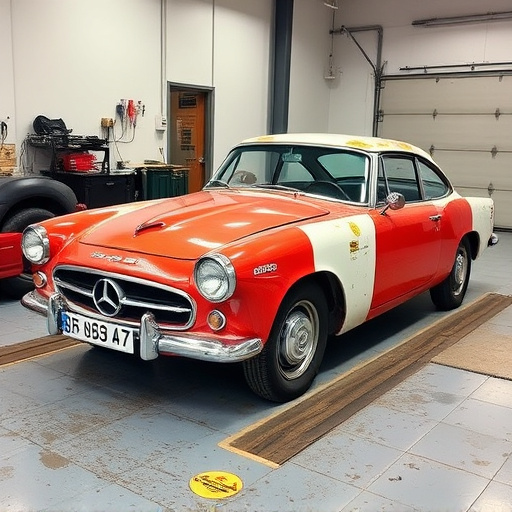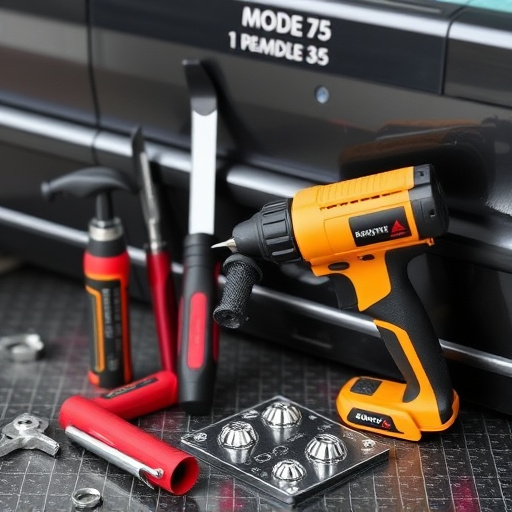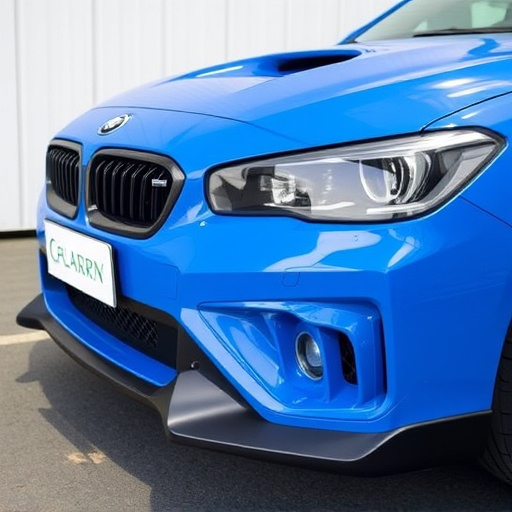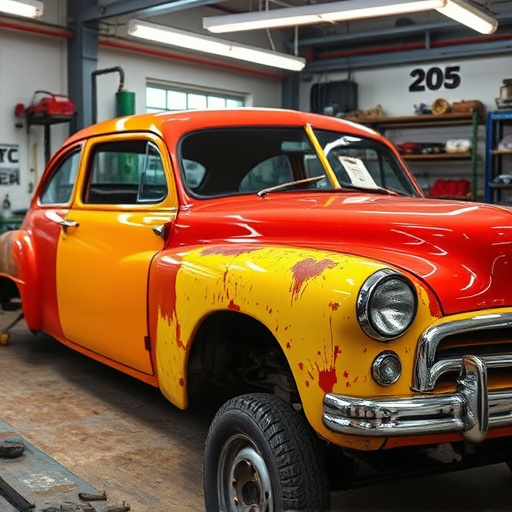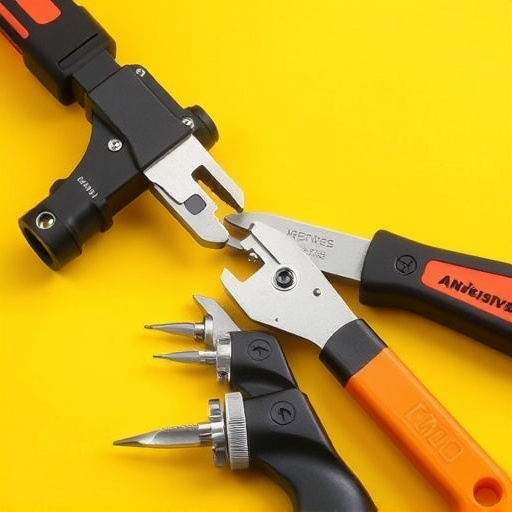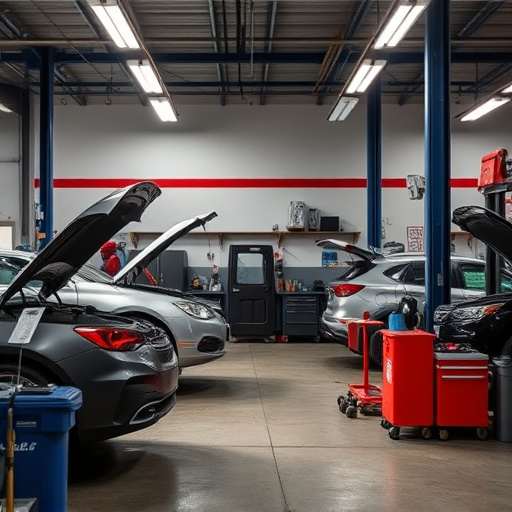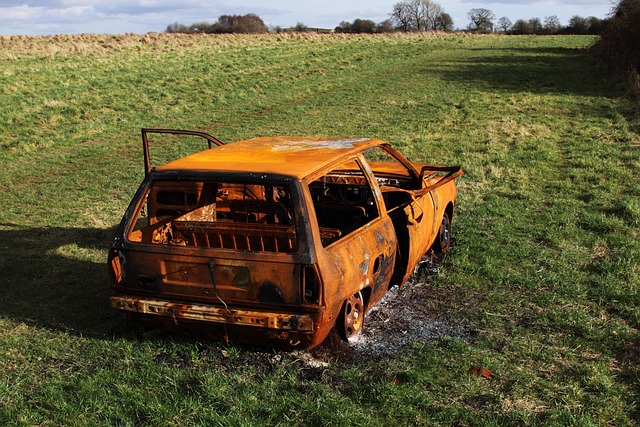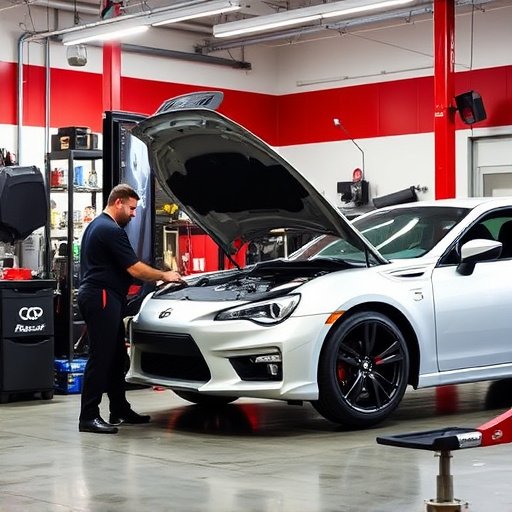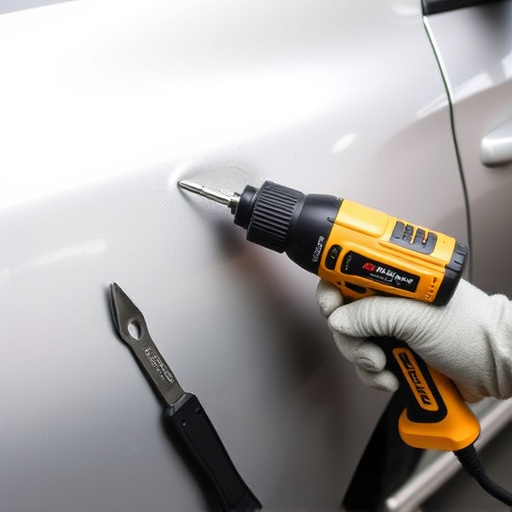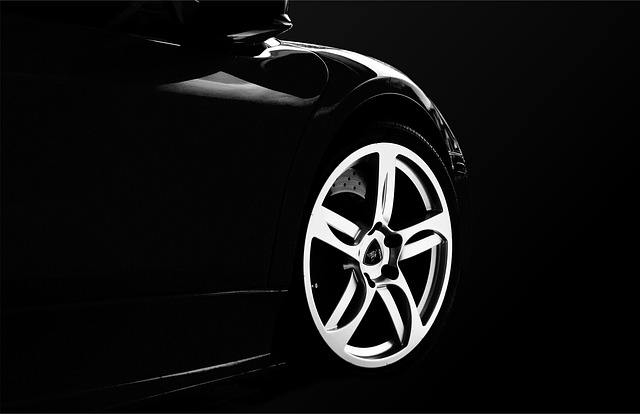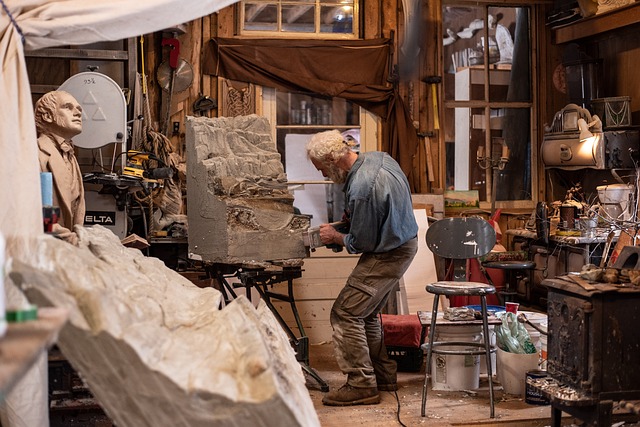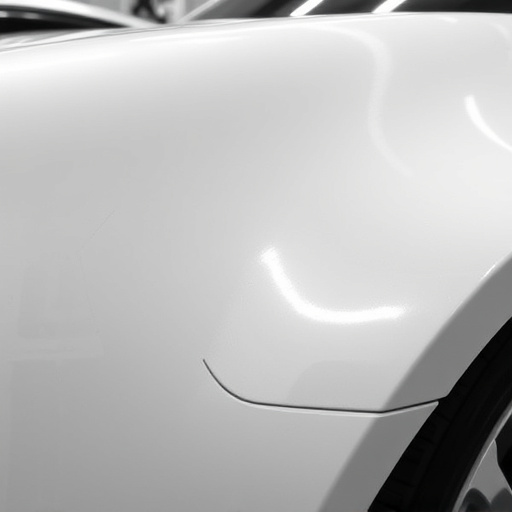Proper surface preparation and coating selection are crucial for effective corrosion protection. Mistakes like inadequate cleaning, incorrect sanding, and subpar techniques lead to poor adhesion and eventual coating failure. The ideal method varies by surface type, size, and corrosion level, with spraying, brushing, or dipping offering different levels of detail and coverage. Professional guidance is essential to ensure longevity and maintain aesthetic appeal without needing frequent auto repair.
“In the pursuit of safeguarding structures against the ravages of corrosion, even the most meticulous plans can stumble upon common pitfalls. This article guides you through the critical areas of focus for a successful corrosion protection application. From surface preparation—where many mistakes are born—to selecting the perfect coatings and mastering application techniques, each step demands precision.
Learn to avoid these errors to ensure long-lasting, effective corrosion protection that stands the test of time.”
- Understanding Surface Preparation: Avoid Common Mistakes
- Choosing the Right Coatings: Essential Considerations
- Application Techniques: Maximize Protection Effectiveness
Understanding Surface Preparation: Avoid Common Mistakes
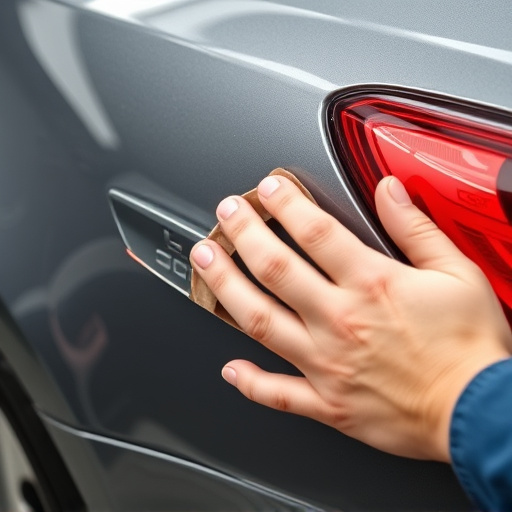
Before applying corrosion protection, it’s crucial to understand that effective surface preparation is the foundation for long-lasting results. Many mistakes are commonly made during this critical step in both vehicle body shops and hail damage repair centers, leading to compromised protection and future corrosion issues. One of the most frequent errors is neglecting to thoroughly clean and degrease the affected area. Corrosion starts at the microscopic level, and any remaining grease or dirt can act as a barrier, preventing the corrosion inhibitor from reaching and protecting metallic surfaces.
Another mistake involves not sanding or roughening the surface adequately. For paint to bond correctly with corrosion protection coatings, the metal must have a certain level of texture. Improper preparation results in a smooth surface that doesn’t allow the protective layer to adhere properly, leading to blisters, peeling, and eventual failure of the corrosion barrier. Collision repair experts should always use appropriate sandpaper or mechanical methods to create a suitable profile, ensuring the coating has a solid base for maximum protection against future corrosion, especially in areas prone to extreme weather conditions like rust-prone regions.
Choosing the Right Coatings: Essential Considerations
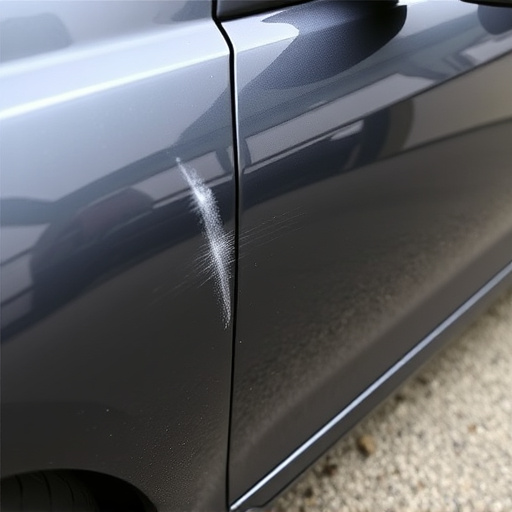
When it comes to corrosion protection, selecting the suitable coatings is a crucial step that often determines the long-term success of the application. Each project has unique requirements, from automotive restoration (like Mercedes Benz repair) to industrial maintenance. Therefore, understanding the essential considerations for choosing coatings is vital.
Factors such as environmental conditions, the type of surface, and desired protection level must be carefully evaluated. For instance, in car body restoration projects, coatings need to withstand not just corrosive elements but also the constant movement and stress on various parts. Additionally, considering factors like chemical resistance, adhesion, and curing time ensures that the chosen coating will effectively protect against corrosion without compromising other essential attributes of the restored vehicle or structure.
Application Techniques: Maximize Protection Effectiveness
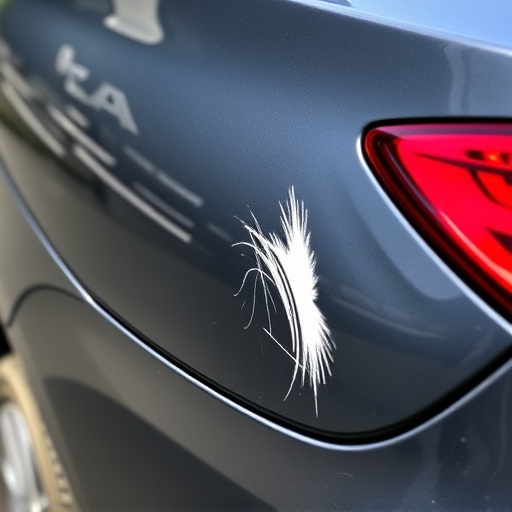
Applying corrosion protection effectively is an art that requires precision and knowledge. One common mistake many individuals make is using subpar techniques, leading to inadequate coverage and vulnerable surfaces. To maximize protection effectiveness, it’s crucial to understand different application methods. Spraying, brushing, and dipping are popular choices, each with its advantages. For instance, spraying offers uniform coverage but may not penetrate deep into intricate areas; brushing is ideal for detailed work but can be time-consuming; while dipping ensures complete immersion and protection, making it perfect for comprehensive treatments.
Choosing the right application technique depends on the surface type, size, and level of corrosion. Improper techniques can result in missed spots, leaving some areas more susceptible to damage. Moreover, using techniques like car scratch repair or car dent repair methods incorrectly can reduce the effectiveness of corrosion protection. Always opt for professional guidance or thoroughly research the process to ensure optimal results, ensuring your auto’s longevity and maintaining its aesthetic appeal, away from the concerns of auto repair near you.
When implementing corrosion protection, awareness of common pitfalls is crucial. From surface preparation errors that compromise integrity to coating selection mistakes based on superficial needs, each step demands precision. Application techniques should be optimized for optimal results, ensuring longevity and durability against environmental aggressors. By steering clear of these missteps, professionals can deliver superior corrosion protection, safeguarding assets and promoting cost-effective maintenance in the long term.
